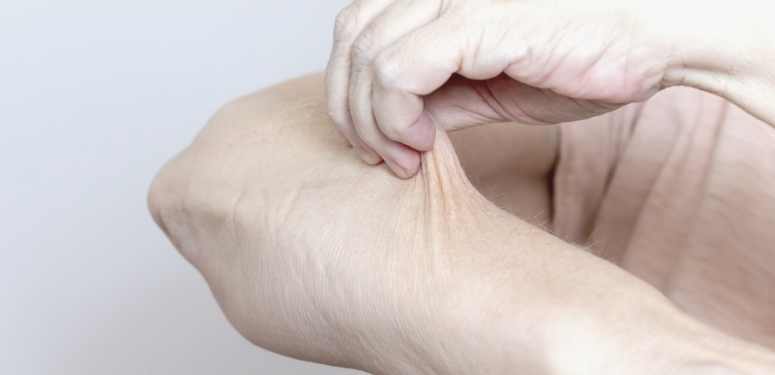by Alix Boyer, SPT
What is Ehlers-Danlos Syndrome?
Ehlers-Danlos Syndrome know as EDS is a group of disorders that affects the connective tissues in a person. It especially affects the person’s skin, joints, and blood vessels.
Types of EDS:
- Hypermobility – most common type
- Classical
- Vascular – most severe type
- Kyphoscoliosis
- Arthrochalasis
- Dermatosparaxis – most rare type
What causes it?
EDS is caused by a defect in collagen which is a protein that provides strength and flexibility to different types of connective tissues. The defect derived from at least one copy of an altered gene. The mutation can be inherited from a parent, but some occur spontaneously during child development.
What are the symptoms?
Each types of EDS have different symptoms, but the most common ones are:
- Hypermobile (overly flexible) joints
- Unstable joints
- Thin and very stretchy skin
- Fragile skin – excessive bruising, difficult wound healing
- Pain – joint, muscles, and general body aches
How is it Diagnosed?
Different diagnostic tools are used:
- Genetic testing – identify faulty genes (except for hypermobile type)
- Biopsy – sample of skin and examines it under microscope to look for specific and mutated genes
- Physical exam – look at joint mobility, skin elasticity, and overall health
- Imaging – identify abnormalities like heart conditions and curved bones (x-ray, CT scan)
Treatment Options For Ehlers-Danlos Syndrome
Treatments for EDS focus on preventing any new complications from developing.
Many treatment options are available. If you are diagnosed with EDS, talk with your team of doctors to come up with the best plan of care possible for you.
Skin care
- Skin protection: gentle soaps, sunscreen
- Vitamin C to reduce bruising
Ehlers-Danlos Syndrome and Physical Therapy
- Help strengthen muscle especially around joints
- Improve joint mobility
- Pain management techniques
- Reduce falls
Medication
- Pain management: control severe musculoskeletal (muscle and bone) pain
- Cardiac management
Assistive devices
Braces, wheelchairs, scooters, etc. can help a person be more independent and prevent further injuries
Preventing complications
People with EDS have fragile tissue so patients should avoid any contact sports, heavy lifting, and weight training
Doctor check ups
Regular doctor checkups to make sure patients are doing well and no further complications are developing
Contact Capital Area Physical Therapy & Wellness at (518) 289-5242 for more information or a PT evaluation for a number of strategies, techniques and physical therapy treatments in the NY Capital District for Ehlers-Danlos. Syndrome, Saratoga, Malta and Queensbury NY.






